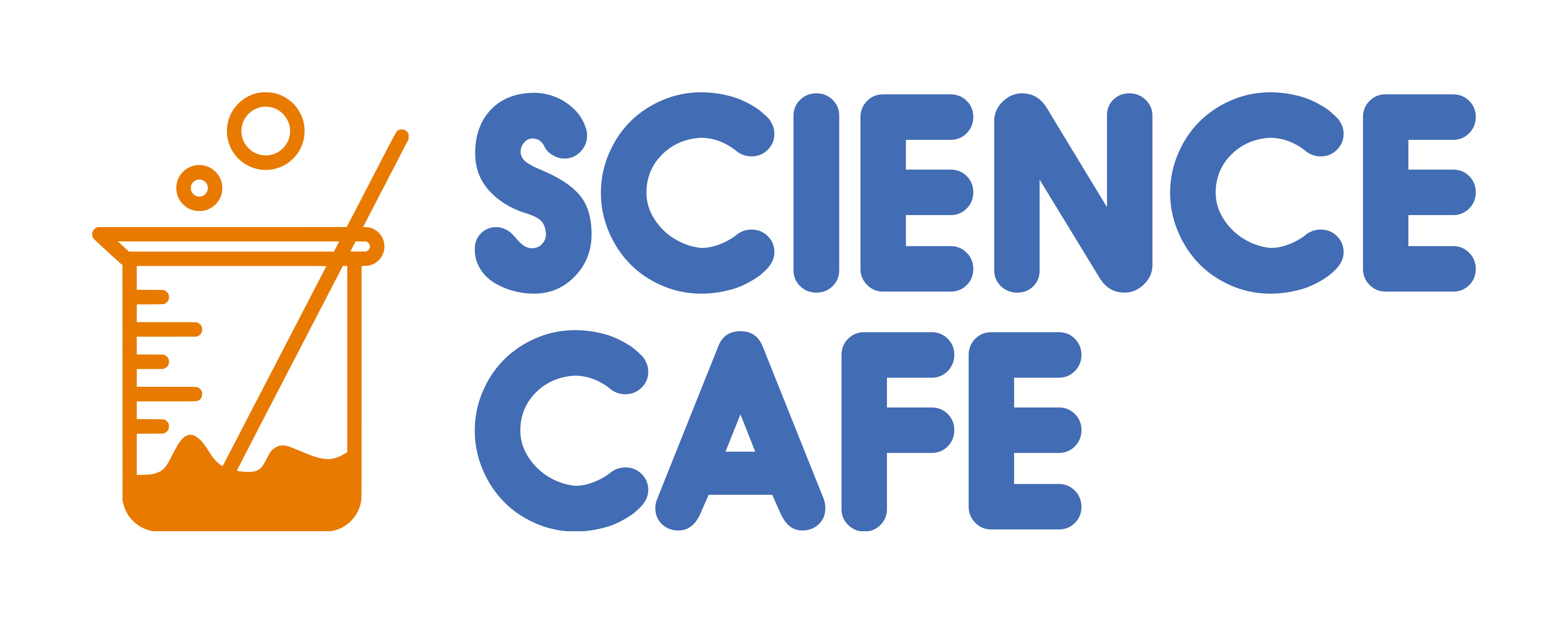Heart Structure: Understanding Your Amazing Cardiovascular System | World Heart Day 2025
The Amazing Architecture of Your Heart: Understanding the Body's Most Vital Pump
September 29th marks World Heart Day, a global initiative to raise awareness about cardiovascular health and the incredible organ that keeps us alive every moment of every day. While we often talk about heart health in terms of diet and exercise, understanding the remarkable structure of your heart can deepen your appreciation for this tireless muscle and motivate you to take better care of it. We have included our audio revision on the heart.
Your Heart: A Marvel of Biological Engineering
The human heart is roughly the size of your fist and weighs between 250 and 350 grams, yet this compact powerhouse pumps approximately 7,500 litres of blood through your body every single day. To understand how it accomplishes this incredible feat, we need to explore its sophisticated structure.
The Four-Chamber Design
Your heart is divided into four distinct chambers, each with a specific role in maintaining circulation:
The Atria (Upper Chambers) The right atrium receives deoxygenated blood returning from your body through large veins called the superior and inferior vena cava. Meanwhile, the left atrium collects oxygen-rich blood from your lungs via the pulmonary veins. These chambers act as holding tanks, filling with blood before passing it to the more powerful lower chambers.
The Ventricles (Lower Chambers) The right ventricle pumps deoxygenated blood to your lungs through the pulmonary artery, where it picks up oxygen and releases carbon dioxide. The left ventricle, the heart's strongest chamber, pumps oxygen-rich blood throughout your entire body via the aorta, your body's largest artery.
The Heart's Protective Layers
Your heart is surrounded by three protective layers that work together to keep this vital organ safe and functioning:
The Pericardium forms the outermost protective sac around your heart, providing a cushioned environment and preventing the heart from over-expanding.
The Myocardium is the thick, muscular middle layer that does the actual work of pumping. This cardiac muscle is unique because it contracts rhythmically and automatically without conscious control.
The Endocardium lines the inner surface of the heart chambers and valves, providing a smooth surface for blood flow and helping prevent clot formation.
The Valve System: One-Way Traffic Control
Four crucial valves ensure blood flows in the correct direction through your heart:
The Tricuspid Valve sits between the right atrium and right ventricle, preventing blood from flowing backwards when the ventricle contracts.
Pulmonary Valve controls blood flow from the right ventricle to the pulmonary artery, ensuring blood moves efficiently toward the lungs.
The mitral (Bicuspid) Valve regulates flow between the left atrium and left ventricle, often called the heart's most crucial valve due to the high pressures it must withstand.
Aortic Valve guards the entrance to the aorta, preventing blood from flowing back into the left ventricle after it's been pumped out to the body.
The Heart's Electrical System
Perhaps the most fascinating aspect of heart structure is its built-in electrical system. The sinoatrial (SA) node, often called the heart's natural pacemaker, generates electrical impulses that travel through specialised pathways, causing the heart muscle to contract in a coordinated rhythm. This electrical system allows your heart to beat approximately 100,000 times per day without any conscious effort on your part.
Blood Supply to the Heart Itself
Ironically, despite being filled with blood, the heart muscle needs its own dedicated blood supply. The coronary arteries branch off from the aorta and supply oxygen-rich blood directly to the heart muscle. The main coronary arteries include the left anterior descending artery, the circumflex artery, and the right coronary artery. When these arteries become blocked, heart attacks occur.
The Heart as Part of Two Circulation Systems
Your heart actually serves as the central pump for two distinct circulation systems:
Pulmonary Circulation moves blood between the heart and lungs, where gas exchange occurs. This is a shorter, lower-pressure system focused solely on oxygenating blood.
Systemic Circulation carries oxygenated blood from the heart to every organ and tissue in your body, then returns deoxygenated blood back to the heart. This system operates at higher pressure and covers much greater distances.
Fascinating Heart Facts
The sophistication of heart structure becomes even more impressive when you consider these remarkable facts:
Your heart begins beating just 22 days after conception and will beat approximately 2.5 billion times over an average lifetime. The heart muscle never gets tired because it has built-in rest periods between beats, and cardiac muscle cells are uniquely designed for endurance.
The heart's efficiency is extraordinary – it uses only about 1% of your body's energy while pumping blood to 100% of your tissues. The pressure generated by your left ventricle is strong enough to squirt blood nearly 10 meters if the aorta were opened.
Why Understanding Structure Matters for Heart Health
Understanding how your heart works helps you comprehend why certain lifestyle choices are so crucial. When you exercise, you're strengthening the myocardium and improving the efficiency of the entire pumping system. When you eat heart-healthy foods, you're supporting the coronary arteries that feed the heart muscle itself.
Understanding that your heart has its own electrical system helps explain why stress management and adequate sleep are crucial – chronic stress can disrupt heart rhythm, while good sleep helps maintain the delicate balance of this electrical system.
Protecting Your Heart's Structure
As we observe World Heart Day, remember that this incredible organ adapts to how you treat it. Regular physical activity strengthens the heart muscle and improves circulation. A balanced diet supports the cardiovascular system and helps maintain healthy blood pressure. Stress management protects the electrical system, and avoiding smoking prevents damage to blood vessels and heart tissue.
Conclusion: Celebrating Your Heart
Your heart's structure represents millions of years of evolutionary refinement, resulting in a pump that's both incredibly powerful and remarkably efficient. On World Heart Day, take a moment to appreciate this amazing organ that works tirelessly to keep you alive.
Understanding your heart's structure isn't just academic knowledge – it's the foundation for making informed decisions about your cardiovascular health. Every heartbeat is a reminder of the sophisticated biological machinery working on your behalf, deserving of your care and attention.
This World Heart Day, celebrate not just the importance of heart health, but the extraordinary engineering marvel beating in your chest right now. Your heart's structure is a testament to the incredible complexity and resilience of the human body – treat it with the respect and care it deserves.
Remember: While understanding heart structure is fascinating, always consult healthcare professionals for medical advice and concerns about your cardiovascular health.



